Germany : Strong Growth and Innovation Hub
Germany holds a dominant position in the European immersive technology-in-gaming market, with a market value of $800.0 million, representing a significant share. Key growth drivers include a robust gaming culture, increasing investment in VR/AR technologies, and supportive government initiatives aimed at fostering innovation. The demand for immersive experiences is rising, particularly among younger demographics, while regulatory frameworks are evolving to support digital content creation and distribution. Infrastructure improvements, especially in broadband connectivity, further enhance market potential.
UK : Diverse Market with Strong Demand
The UK gaming market is valued at $600.0 million, showcasing a vibrant ecosystem driven by a diverse consumer base and innovative game development. Key growth factors include the rise of mobile gaming and the increasing popularity of esports. Government support for digital industries and favorable tax incentives for game developers contribute to a conducive business environment. The demand for immersive gaming experiences is particularly strong in urban centers like London and Manchester, where tech-savvy consumers are eager to adopt new technologies.
France : Strong Government Support and Growth
France's immersive technology-in-gaming market is valued at $450.0 million, benefiting from a rich cultural heritage and a strong emphasis on digital innovation. Key growth drivers include government initiatives promoting digital creativity and a thriving indie game development scene. The demand for immersive experiences is growing, particularly in cities like Paris and Lyon, where tech events and gaming festivals attract significant attention. The competitive landscape features major players like Ubisoft and emerging startups, fostering a dynamic market environment.
Russia : Growing Interest in Gaming Technologies
Russia's immersive technology-in-gaming market is valued at $300.0 million, reflecting a growing interest in gaming technologies among consumers. Key growth drivers include an expanding middle class and increasing internet penetration. Local government initiatives aimed at supporting the tech sector are also contributing to market growth. Major cities like Moscow and St. Petersburg are key markets, with a competitive landscape featuring both local developers and international players. The gaming community is increasingly engaging with VR and AR applications, enhancing market dynamics.
Italy : Innovative Developments and Local Talent
Italy's immersive technology-in-gaming market is valued at $250.0 million, characterized by a cultural renaissance in gaming. Key growth drivers include a rich artistic heritage influencing game design and increasing investment in local talent. The demand for immersive experiences is particularly strong in cities like Milan and Rome, where gaming events and tech incubators are flourishing. The competitive landscape features both established companies and emerging indie developers, creating a vibrant business environment that encourages innovation and collaboration.
Spain : Youthful Demographics Driving Growth
Spain's immersive technology-in-gaming market is valued at $200.0 million, driven by youthful demographics and increasing engagement in gaming. Key growth factors include the rise of mobile gaming and a growing interest in esports. Government initiatives aimed at promoting digital skills and innovation are also contributing to market expansion. Key cities like Barcelona and Madrid are central to the gaming landscape, with a competitive environment featuring both local and international players. The market is increasingly focused on immersive experiences that resonate with younger audiences.
Rest of Europe : Diverse Markets with Varied Dynamics
The Rest of Europe represents a fragmented market valued at $34.2 million, characterized by diverse gaming cultures and varying levels of technology adoption. Key growth drivers include localized content and niche gaming communities. Regulatory environments differ significantly across countries, impacting market dynamics. Cities like Amsterdam and Stockholm are emerging as tech hubs, fostering innovation in gaming. The competitive landscape includes a mix of local developers and international firms, creating unique opportunities for growth in specific niches.




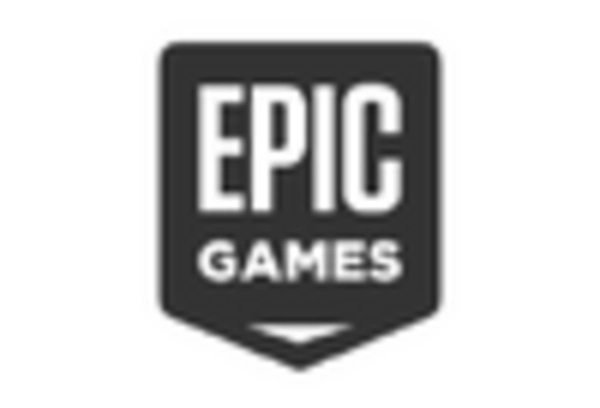

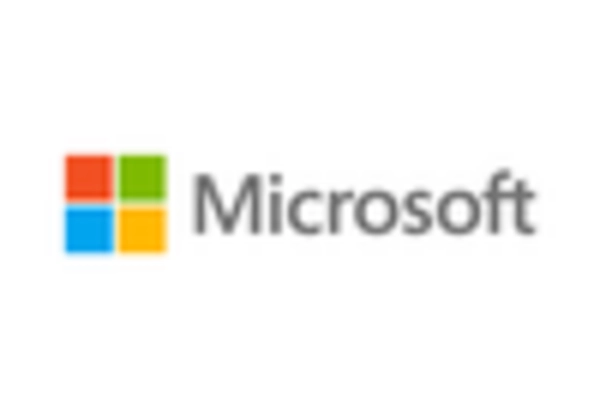
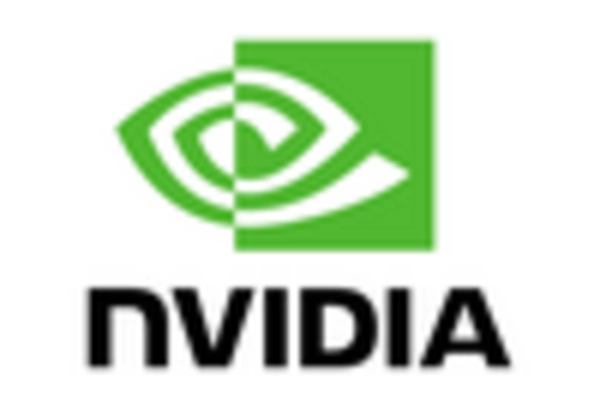
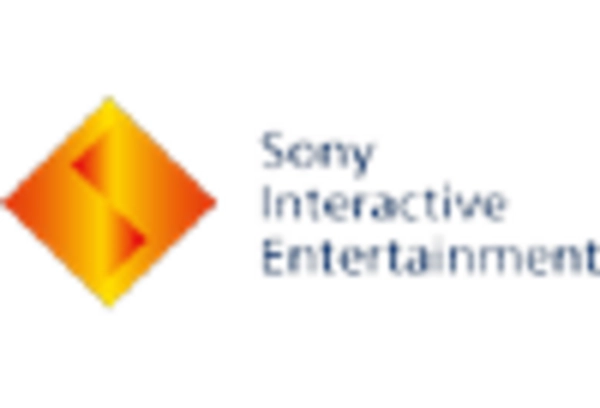
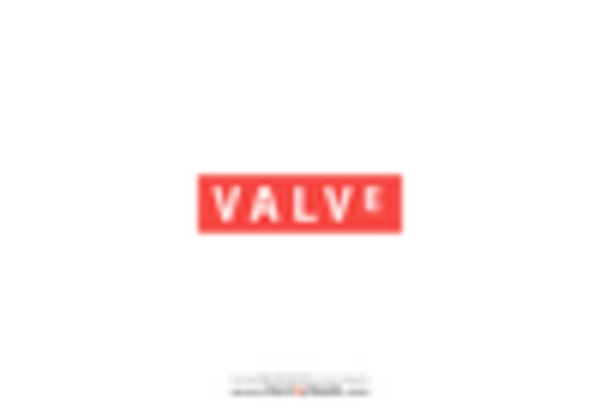








Leave a Comment